Red Lady Papaya Plant (Sapling)
Originally from Taiwan, the Red Lady Papaya Plant is now a total fan favorite in Indian gardens, terraces, and farms. This semi-dwarf variety is what plant dreams are made of. It’s hermaphroditic (science flex: that means one plant grows both male and female flowers—so you don’t need to play Cupid for fruit). It settles into Indian climates like it’s always belonged here, and if you give it some sunlight and Tender Loving Care, you’ll be picking your own papayas in just 8–12 months. Wild huh?
Key Features & Benefits
- Monster Fruit Yields: When that skin’s basically screaming “golden hour!” and shining like it’s trying to get picked for prom, that’s your sign. Crack it open and boom—bright orange, juicy, sweet flesh inside. Absolute treat. This juicy flesh is basically dessert straight from the tree. Eat fresh, blend into lassis, or make that classic papaya halwa—your call.
- Early Maturity & Monster Yields: Starts producing within the first year—while other fruits are still “thinking about it,” you’re munching fresh papaya. With the right care, each Taiwan Red Lady Papaya can load you up with 40–60 fruits a year. That’s a lot of healthy snacking (or extra income, if you’re selling).
- Powerhouse for your health: This plant is your little pharmacy, just way tastier. We’re talking smoother digestion, a tougher immune system, and, yeah, skin so fresh you’ll annoy your friends.
- No Wimp When It Comes to Pests: Red Lady 786? She doesn’t mess around. Papaya Ringspot Virus tries to crash the party, but this plant just shrugs it off. Less spraying of nasty chemical pesticide stuff everywhere, more chilling with an eco-friendly garden. Win-win, right?
- Fits Anywhere, Looks Like a Vacation: Semi-dwarf basically means, “Don’t worry, you don’t need a whole farm.” Squeeze it into your garden, patio, even a big ol’ balcony if that’s what you’ve got. And those giant, dramatic leaves? Instant jungle vibes.
How to care for the plant
- Sunlight: Loves the sun, minimum 6–8 hours daily. If you’re in a hot region, the Red Lady 786 is right at home.
- Soil: Perfect if the soil is well-drained and sandy loam with lots of organic compost. A strict no to the heavy clay or waterlogged stuff, you definitely don’t want root rot. Do you?
- Watering: Keep ’em moist, be very strict with the young plants and the heatwaves. Don’t compromise on the drainage; the plant is not into soggy roots.
- Fertilization: A NPK fertilizer (10:10:10) will be just right every 3 to 4 weeks, or go organic with cow dung, vermicompost, and neem cake. The plant will thank you.
- Pruning: Snip off those sad, yellow, or crispy leaves every so often—keeps your plant looking fresh and stops weird stuff from spreading.
- Extra tips
For commercial growers: Space plants 2–2.5 meters apart. - Windbreak: Got baby plants? And the wind’s being a total jerk? Slap up a windbreak—old sheet, fence, whatever. Saves you from a snapped stem. You’re most welcome.
- Mulching: Pile it all up—toss in dried leaves, bits of sugarcane, maybe even those crusty grass clippings leftover from your last battle with the lawn mower. Keeps the dirt damp, and weeds? Not today, Satan.
Seasonal Highlights and fruit yields
- Flowering: Creamy white flowers show up as early as 4–6 months after planting. Hermaphroditic nature means no pollination worries—self-sufficient superstar.
- Fruit Development & Harvest: Don’t hold your breath. These babies take around 7–8 months to actually ripen after you see your flowers. If you are chilling down in the south (think Maharashtra, Tamil Nadu, Karnataka, Andhra Pradesh), you’re in luck. You can pretty much pick fruit whenever you feel like it. Not kidding. In North India, wait till after the last frost to plant for the best results
- Year-Round Goodness: With the right care and a friendly climate, the Taiwan Red Lady Papaya can keep you stocked up on papayas pretty much nonstop.
Ideal Placement
- Home Gardens: Loves a sunny backyard or side yard. Give it a little space and watch it go wild with fruit.
- Terrace & Balcony Gardening: Got a big enough pot (at least 50 liters)? The Taiwan Red Lady Papaya can thrive on terraces or even roomy balconies, as long as it gets enough sun.
- Farms and Orchards: The Taiwan Red Lady Papaya is a goldmine for commercial growers: quick returns, high yield, and big market demand.
Why Choose the Red Lady Papaya Plant?
Honestly, if you want a fruit plant that’s tasty, healthy, and basically grows itself, just go for the Red Lady 786. No matter how you call it, it’ll turn your garden, terrace, or farm into your own tropical paradise. Your fruit bowl—and Insta feed—are about to get a serious upgrade. Don’t sleep on this one. Bring home your Red Lady Papaya and start growing your own slice of the tropics!
Frequently Asked Questions:
Q. How long does it take for the red lady papaya to fruit?
A. If you’ve got your act together and the weather’s playing nice, Red Lady Papaya usually starts popping out fruit in, what, 8 to 12 months? Not bad, considering some plants take forever. Just don’t slack on the watering and feeding, alright?
Q. How much does Taiwan Red Lady 786 papaya yield per plant?
A. If your plant’s happy and you’re not totally neglecting it, you could be looking at 40 to 60 papayas a year per plant. Yeah, seriously. And we’re talking big boys, too—like, each fruit could weigh anywhere from 1.5 to 2.5 kilos. Hope you like papaya smoothies.
Q. What is the difference between red lady papaya and normal papaya?
A. So, Red Lady’s kinda the overachiever of the papaya world. It grows faster, gives you more fruit, shrugs off diseases, and the flesh is this gorgeous, sweet orange that’s basically begging to be Instagrammed. Normal papayas? Meh. Slower, sometimes stingy with the fruit, and not nearly as sweet. Who wants that?
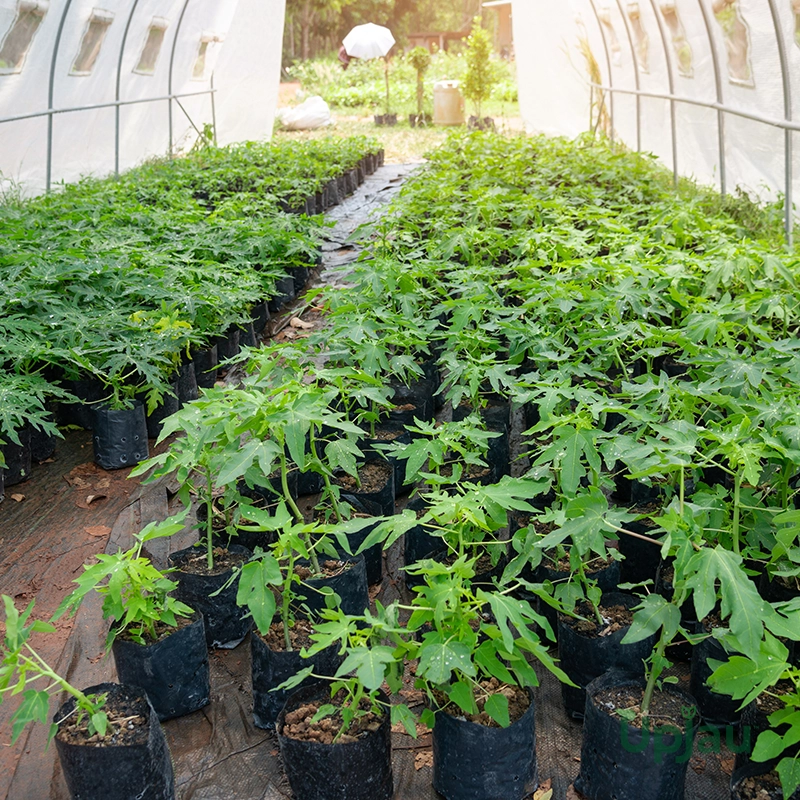



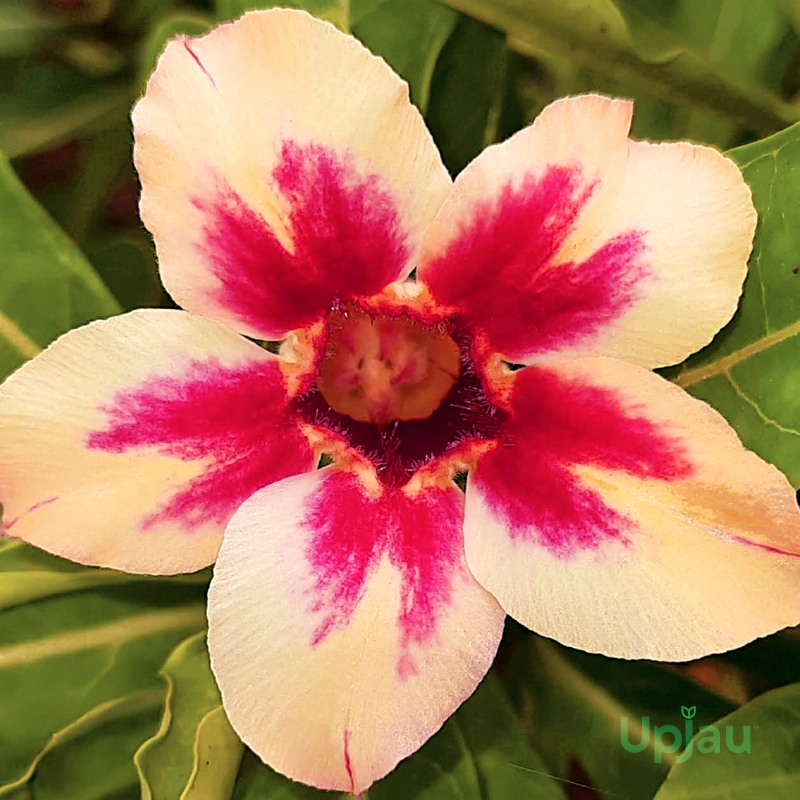
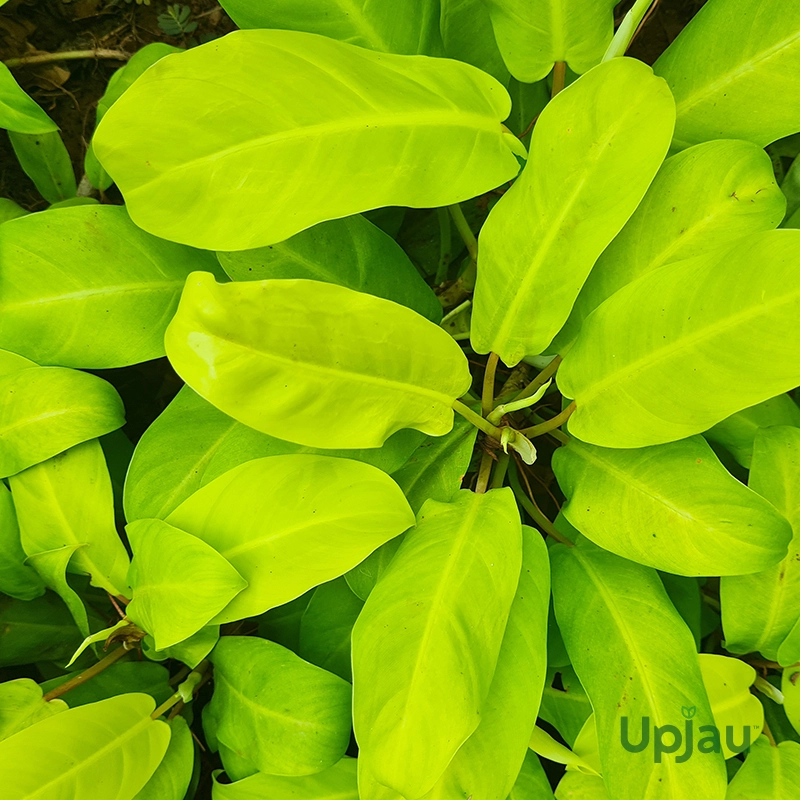

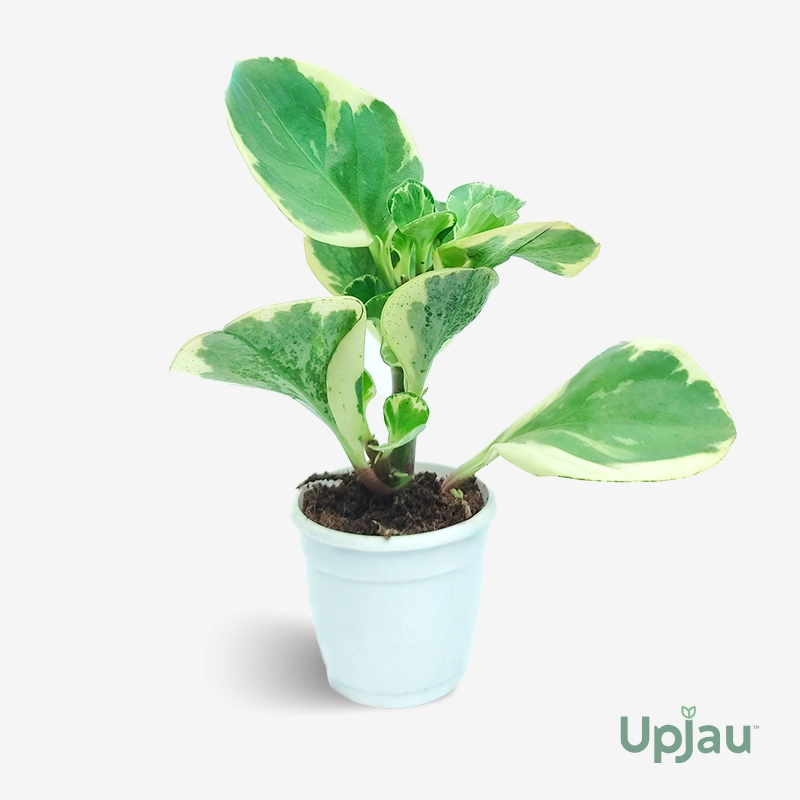
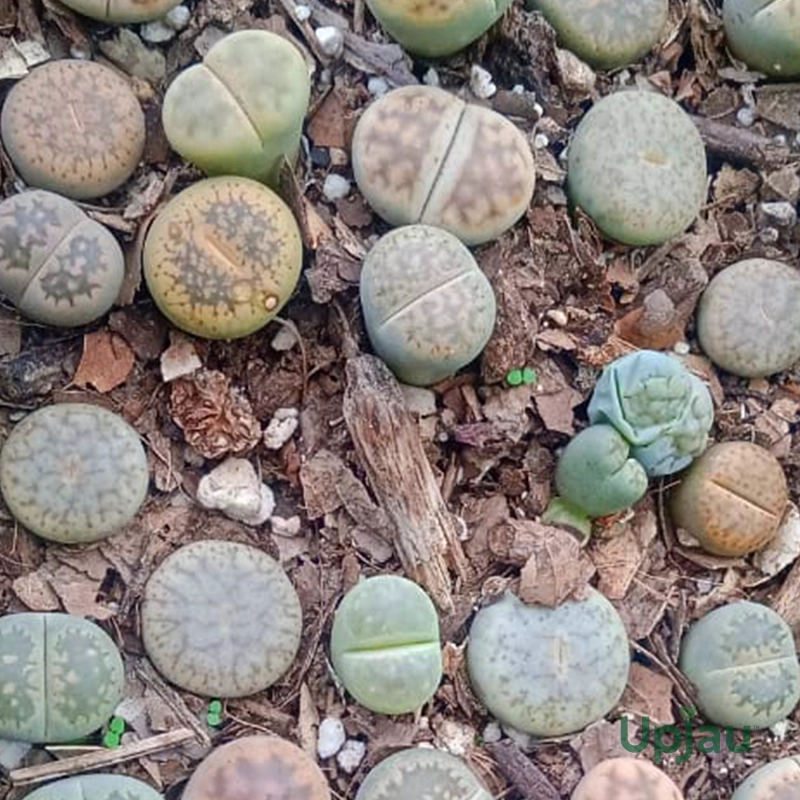

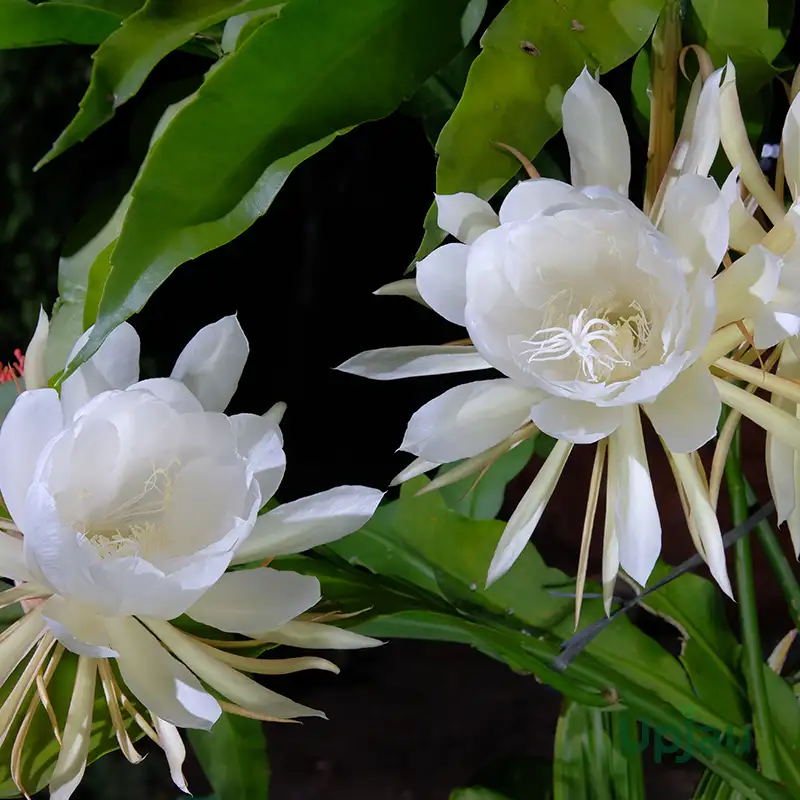

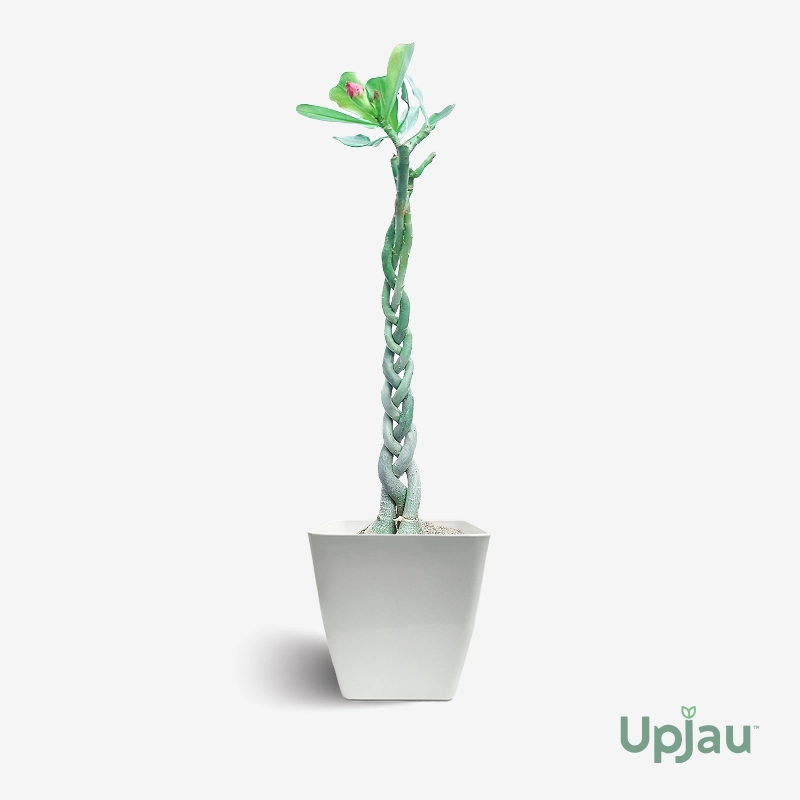




Reviews
There are no reviews yet.